The Effects Of Hurricanes On Coastal Ecosystems
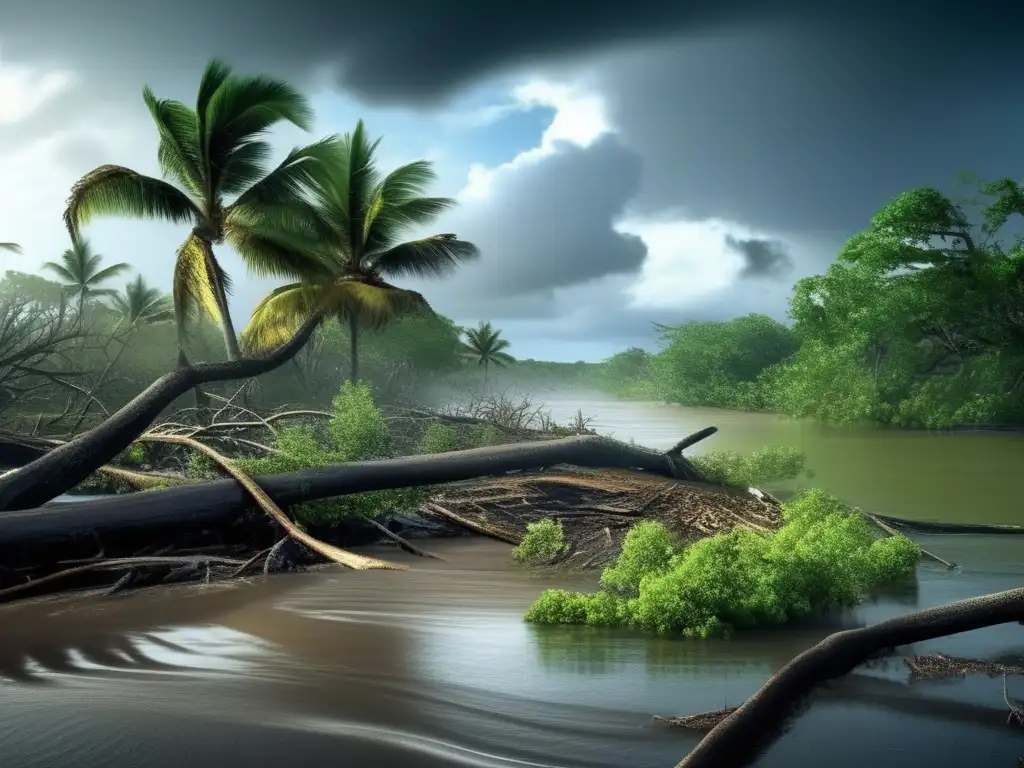
The Effects of Hurricanes on Coastal Ecosystems
Introduction
Hurricanes are known for their devastating effects on infrastructure, homes, and people in general. However, one overlooked aspect of these storms is their impact on coastal ecosystems. Hurricanes can disrupt the delicate balance of ecosystems by altering water quality, soil composition, and habitats, which may have long-lasting effects.
Understanding the effects of hurricanes on coastal ecosystems can help us predict and prepare for the damage they may cause, make better decisions about land use and conservation, and develop strategies for recovery and restoration.
The Impact of Storm Surge
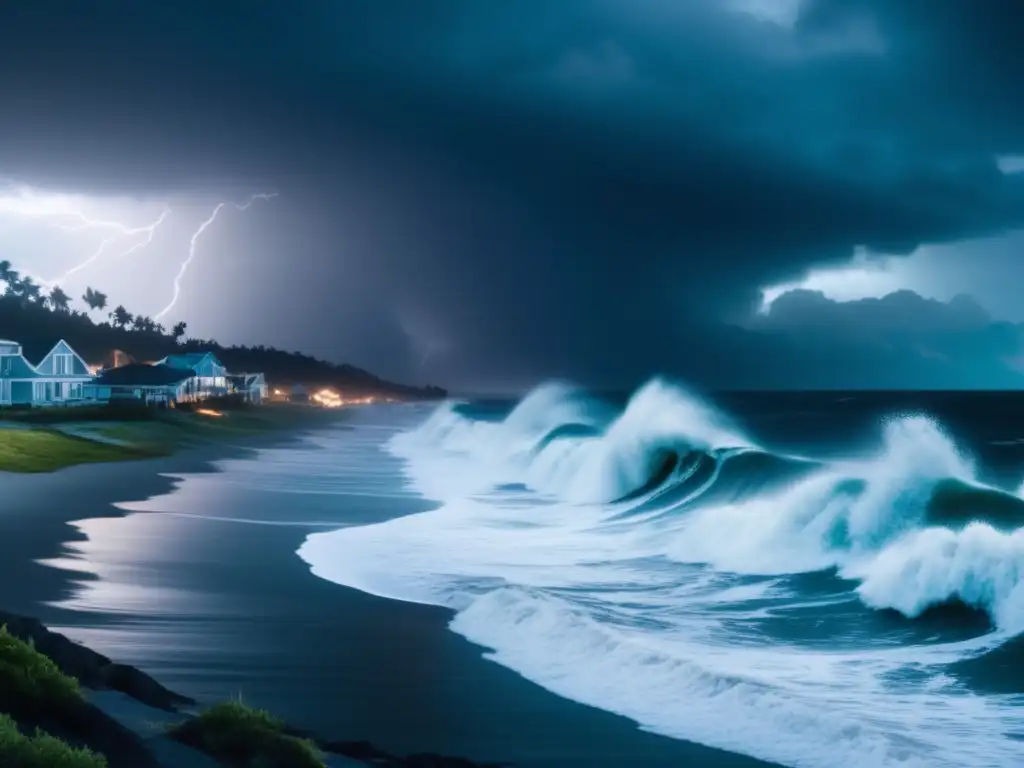
Damage to Coastal Habitats
Storm surge is a significant effect of hurricanes that can impact coastal ecosystems. The surge causes the mixing of freshwater from inland areas with saltwater from the ocean, which creates brackish water. Brackish water can be harmful to aquatic species as it has different chemical properties than saltwater or freshwater. A significant amount of storm surge can cause saltwater intrusion, which harms freshwater ecosystems such as swamps and marshes.
Coastal habitats such as mangroves, seagrass beds, and coral reefs are also at risk from storm surge. Mangrove forests provide vital habitat for many marine species, and the roots protect against shoreline erosion. However, excessive storm surge can lead to erosion, and the trees can be uprooted, leading to coastal erosion and loss of habitat. Seagrass beds are also affected by turbid waters caused by storm surge, which reduces light availability and affects photosynthesis. Coral reefs, which are already under threat from pollution and overfishing, can be damaged by strong currents and debris carried by the storm surge.
Contamination of Water
Storm surge can also lead to the contamination of water sources in coastal areas. The surge can carry pollutants such as oil, chemicals, and sewage into freshwater or saltwater ecosystems, which can harm aquatic life and pose health risks to humans. After the hurricane, cleaning up contaminated water sources is a significant challenge for communities.
Heavy Rainfall and Flooding
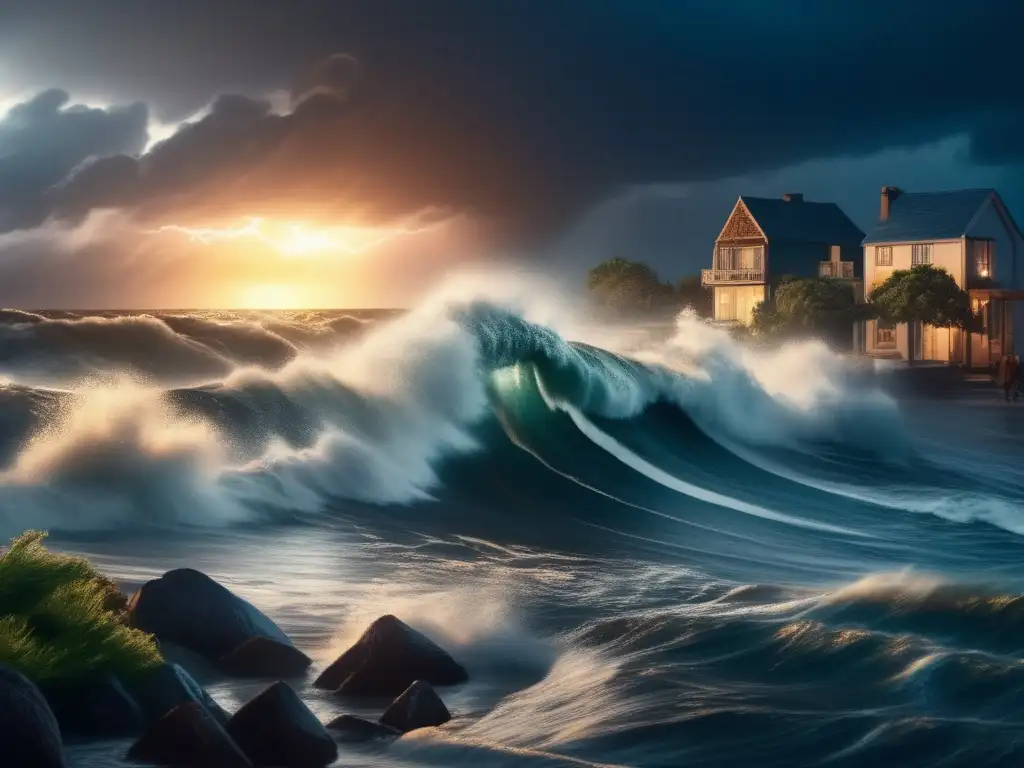
Erosion and Landslides
Heavy rainfall associated with hurricanes can cause significant erosion and landslides in coastal areas. The soil composition and stability of slopes are crucial factors that determine the susceptibility of an area to landslides caused by heavy rain. Coastal areas with steep slopes and sandy soils are particularly vulnerable to landslides, which can cause significant damage to infrastructure and homes, as well as habitat loss.
Alteration of Soil Composition
The high volume of rainfall caused by hurricanes can also alter soil composition in coastal areas. Soil erosion washes away topsoil, which can reduce soil fertility and negatively impact plants and animals that rely on it. Moreover, the high volume of water that floods coastal areas, coupled with the mixing of freshwater and saltwater, can change soil salinity levels, making it inhospitable to some plant species.
Wind and Storm Surge
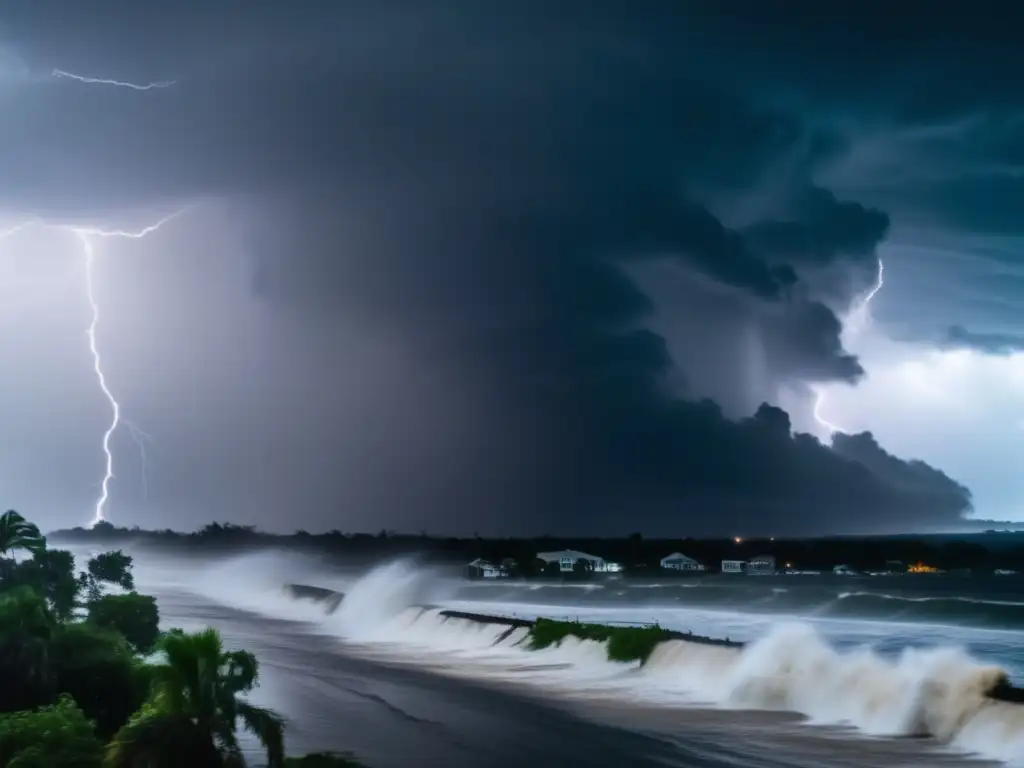
Damage to Trees and Vegetation
Wind is another significant effect of hurricanes on coastal ecosystems. Trees and vegetation provide important habitat for many animal species, but they are at risk of being uprooted or broken by strong winds. In addition, the storm surge can lead to soil erosion, which affects plant growth. The death of trees and vegetation due to hurricane damage can leave animals without their natural habitat, leading to population declines and ecological imbalances.
Displacement of Species
The movement of species or their eggs or larvae is another significant effect of hurricanes on coastal ecosystems. The strong currents and winds associated with hurricanes can move aquatic species to new habitats, which may be unsuitable for them. These new habitats may lack necessary food sources or have different predators than their original environment. It can result in changes or declines in the populations of various species.
Frequently Asked Questions
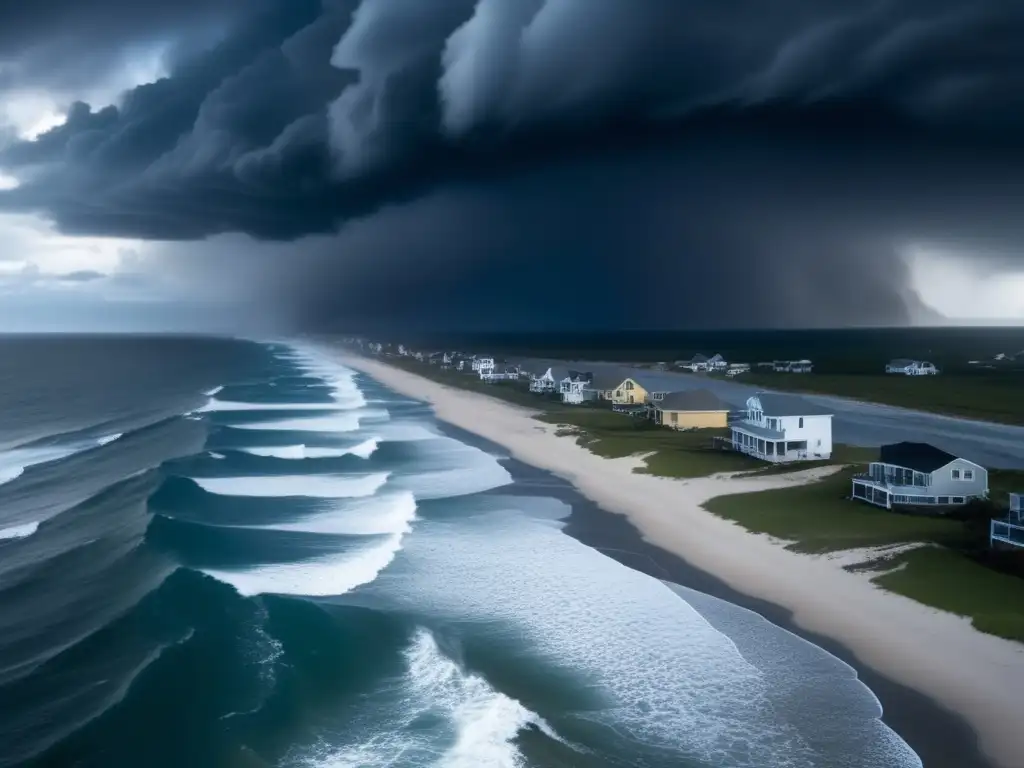
-
Can hurricanes affect the migration patterns of marine animals?
Yes, hurricanes can lead to the displacement of marine animals and the disruption of their migration patterns.
-
What are the long-term effects of hurricanes on coastal ecosystems?
Hurricanes can cause long-term damage to coastal ecosystems by altering habitats and soil composition. The recovery of damaged ecosystems may take years or even decades.
-
How can we prevent damage to coastal ecosystems caused by hurricanes?
Preventing damage to coastal ecosystems involves protecting natural habitats by avoiding development in vulnerable areas, reducing pollution from human activities, and developing plans for post-hurricane cleanup and restoration.
-
Why are mangrove forests critical for coastal ecosystems?
Mangrove forests provide vital habitat for many marine species, protect against shoreline erosion, and absorb carbon dioxide from the atmosphere, helping mitigate the impacts of climate change.
-
How can communities prepare for hurricane-related damage to coastal ecosystems?
Communities can develop plans for post-hurricane cleanup and restoration, encourage responsible land-use practices to preserve natural habitats, and reduce pollution from human activities.
Conclusion
Hurricanes can have a devastating impact on coastal ecosystems, disrupting the delicate balance of habitats and altering water quality and soil composition. Understanding the effects of hurricanes on coastal ecosystems is essential to reducing the damage caused by these storms and developing strategies for recovery and restoration. As coastal communities become more vulnerable to the impacts of climate change, it is crucial to prioritize conservation efforts and responsible land use practices to protect natural habitats. By working together, we can minimize the impact of hurricanes on coastal ecosystems.
Additional Resources
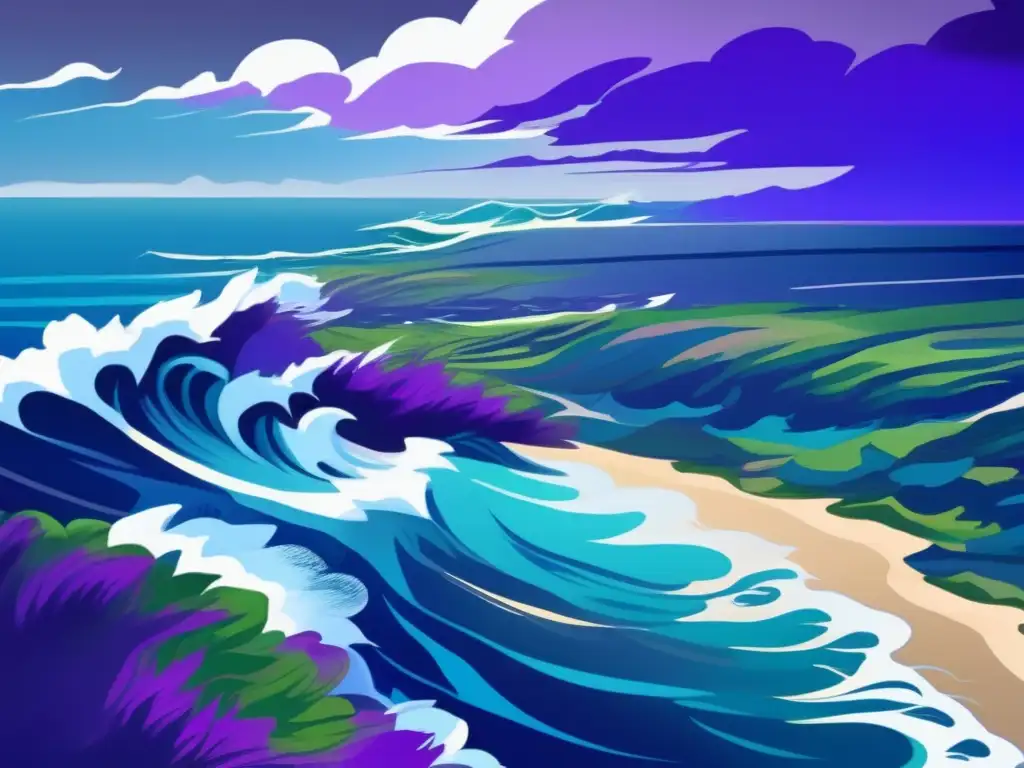
- The Effects of Hurricanes on Coastal Watersheds: Prepare and Recover (EPA)
- How Hurricanes Affect Natural Systems (The Nature Conservancy)
- Hurricane Impacts on Coastal Ecosystems (NOAA)
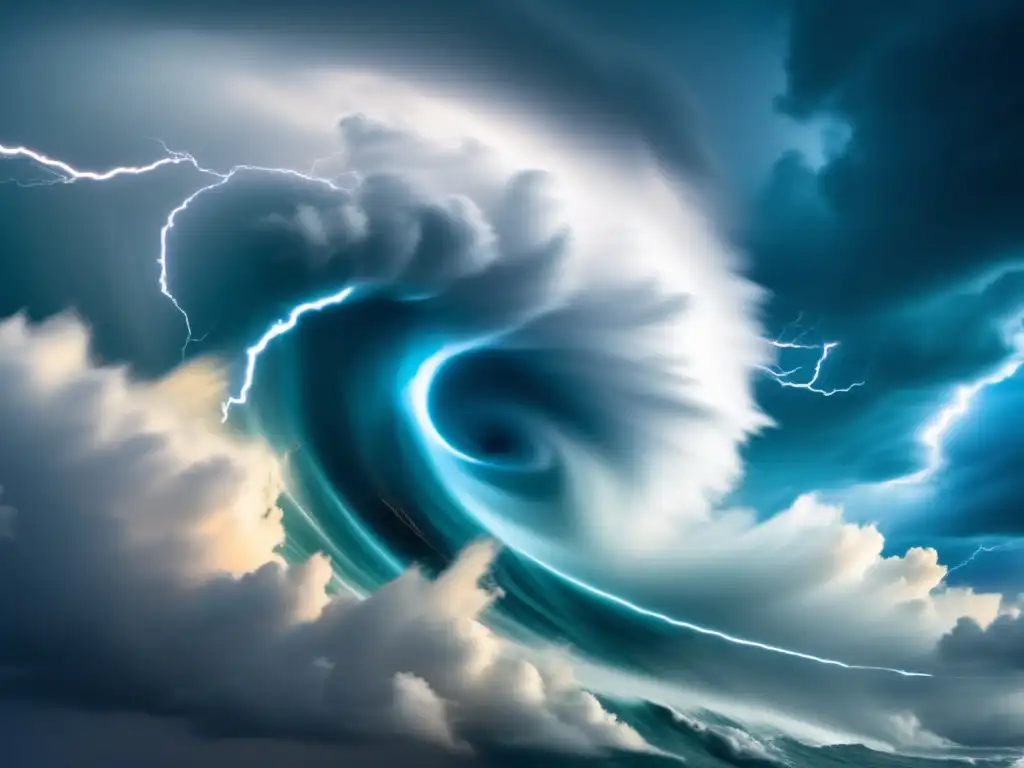 The Anatomy Of A Hurricane: Understanding The Basics
The Anatomy Of A Hurricane: Understanding The Basics The Birth Of A Hurricane: How Hurricanes Form
The Birth Of A Hurricane: How Hurricanes Form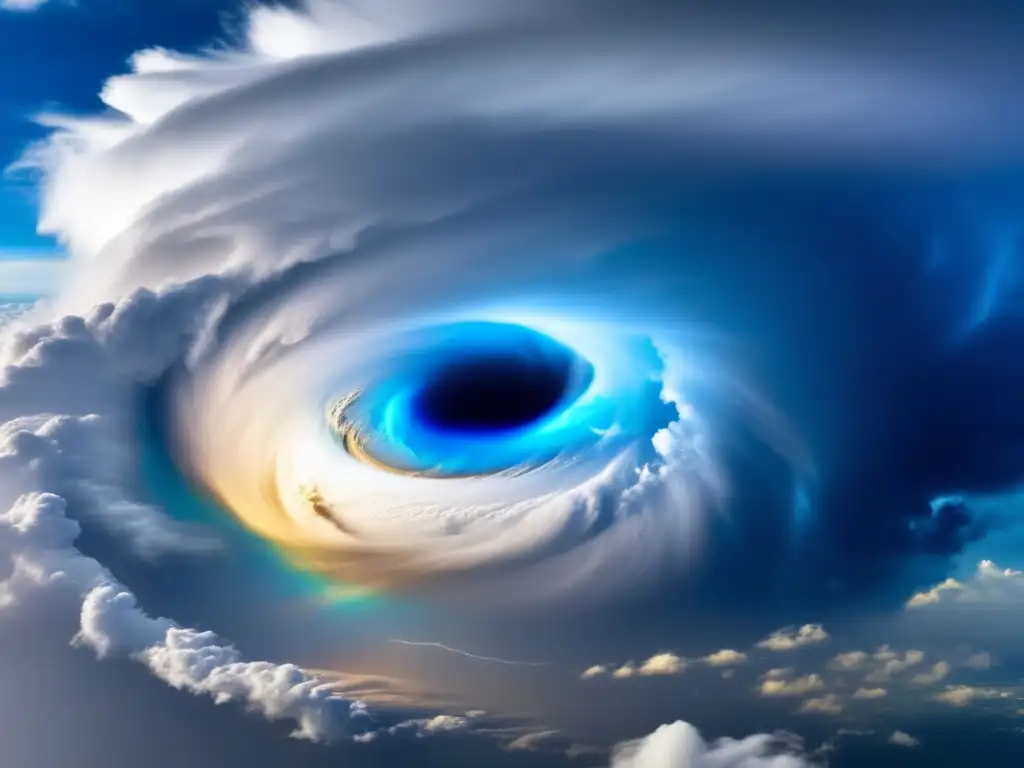 Eye Of The Storm: What Happens Inside A Hurricane's Eye
Eye Of The Storm: What Happens Inside A Hurricane's EyeIf you want to discover more articles similar to The Effects Of Hurricanes On Coastal Ecosystems, you can visit the Basic knowledge about hurricanes: category.
Leave a Reply

Articulos relacionados: